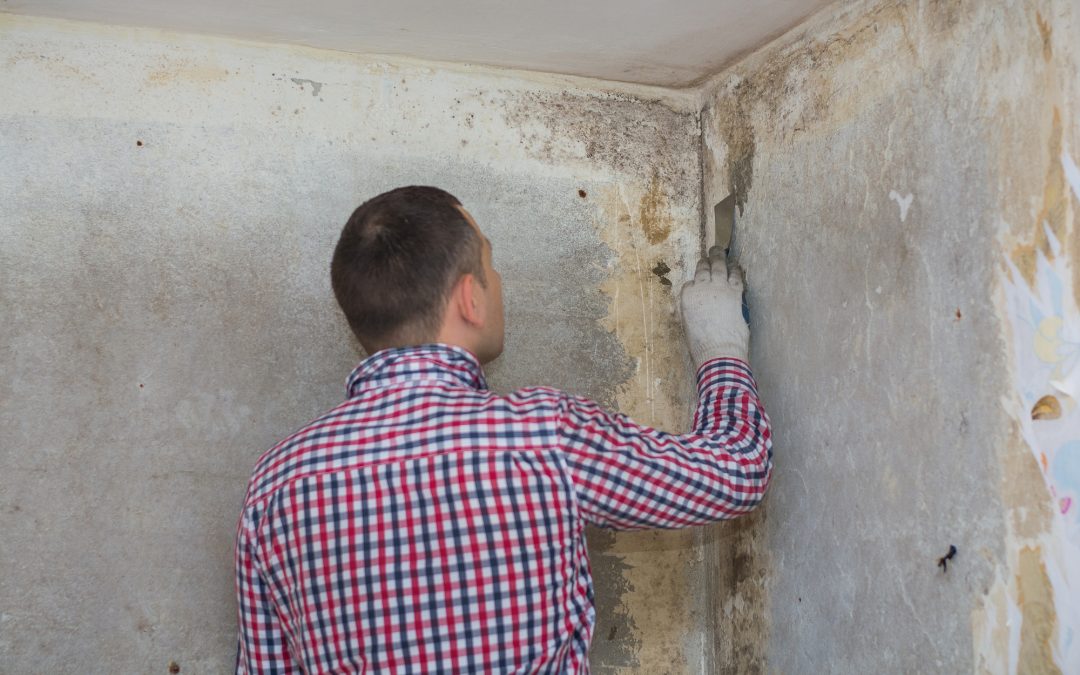Comprehensive Post Mold Remediation Procedures
Comprehensive Post Mold Remediation Procedures
Blog Article
Effective Blog Post Mold And Mildew Removal Solutions for Your Home
Mold development in homes can be a consistent concern, usually needing a systematic strategy for effective post-remediation remedies. From comprehending the factors that add to mold development to executing proper cleaning techniques and wetness control measures, the procedure can be elaborate yet essential for keeping a healthy living setting. what to do after mold remediation.
Comprehending Mold And Mildew Growth Aspects
The primary element adding to mold growth is dampness. Mold spores call for wetness to flourish and sprout, making moist or moist atmospheres extremely prone to mold and mildew infestations.

In addition, air movement and light direct exposure can affect mold development. Areas that lack correct ventilation and all-natural light are extra susceptible to mold and mildew growth. By dealing with these factors adequately, people can efficiently mitigate mold and mildew growth and protect their living environments.
Correct Mold And Mildew Cleaning Strategies
Utilizing effective cleansing approaches is necessary in avoiding the recurrence and attending to of mold contamination in indoor environments. When dealing with mold, it is critical to focus on security by putting on safety gear such as handwear covers, masks, and safety glasses. The very first action in correct mold cleansing is to contain the affected area to stop the spread of spores to unpolluted locations. This can be attained by sealing the space and using air scrubbers or unfavorable air devices to keep air quality.

Implementing Dampness Control Measures
To properly prevent mold growth and contamination in interior atmospheres, executing moisture control actions is vital. Additionally, making certain appropriate ventilation in areas vulnerable to moisture accumulation, such as kitchen areas and washrooms, can assist lower the danger of mold and mildew growth. By vigilantly applying these wetness control measures, property owners can properly decrease the likelihood of mold and mildew recontamination and preserve a healthy interior atmosphere.
Utilizing Natural Removal Solutions
After efficiently implementing dampness control actions to stop mold growth in interior settings, home owners can currently check out the efficiency of all-natural removal solutions in preserving a healthy and balanced living room. Natural removal solutions use eco-friendly techniques to combat mold and mold, making them a preferred choice for those seeking safe options. One such option is using vinegar, a natural antimicrobial agent, to clean and disinfect surfaces infected by mold. Merely thin down vinegar with water and spray it onto the affected areas, allowing it to sit for a few hours before wiping tidy. In addition, tea tree oil, known for its antifungal properties, can be blended with water and splashed onto mold-infested surface areas to hinder more development. One more natural option is hydrogen peroxide, which can successfully eliminate mold on different surfaces without leaving hazardous residues behind. By incorporating these natural removal solutions into their cleaning routines, property owners can effectively combat mold development while promoting a much healthier interior environment on their own and their families.

Keeping a Mold-Free Environment
In order to prevent mold and mildew recurrence and make certain a consistently mold-free environment, it is crucial for home owners to implement proactive maintenance practices. Routinely evaluating areas susceptible to mold growth, such as shower rooms, cooking areas, basements, and attics, is essential. Attending to any leakages, try this web-site water damages, or excess moisture immediately can dramatically reduce the danger of mold and mildew development. After mold remediation. Correct ventilation in locations with high moisture levels is additionally essential to avoid mold growth. Utilizing dehumidifiers or exhaust fans can help maintain optimum dampness levels and inhibit mold and mildew spores from flourishing.
In addition, keeping sanitation in the home is vital for mold and mildew prevention. On a regular basis cleansing and cleaning surface areas, rugs, and furniture can assist get rid of mold spores prior to they have a possibility to increase and clear up. Making use of mold-resistant products for building and construction products and furnishings can additionally aid in developing a mold-free environment. Keeping indoor plants in check and making certain proper drain in exterior landscaping can reduce dampness accumulation, reducing the probability of mold and mildew infestations. By complying with these positive upkeep practices, house owners can efficiently maintain a mold-free space.
Conclusion
Finally, it is essential to address mold growth elements, utilize appropriate cleaning strategies, implement wetness control steps, use all-natural remediation remedies, and maintain a mold-free setting in order to effectively manage message mold and mildew remediation in your home - Post Mold remediation cleaning. By adhering to these internet methods, you can prevent mold and mildew from repeating and make certain a healthy living atmosphere for you and your family members
The primary factor contributing to mold development is dampness. Mold spores require moisture to grow and sprout, making damp or moist settings very prone to mold problems.To efficiently stop mold and mildew development and contamination in interior environments, executing wetness control measures is critical. Furthermore, making certain correct ventilation in areas prone to moisture buildup, such as cooking areas and washrooms, can aid lower the risk of mold growth.After successfully executing moisture control steps to avoid mold over at this website growth in indoor environments, property owners can now check out the efficiency of natural remediation services in preserving a healthy living area.
Report this page